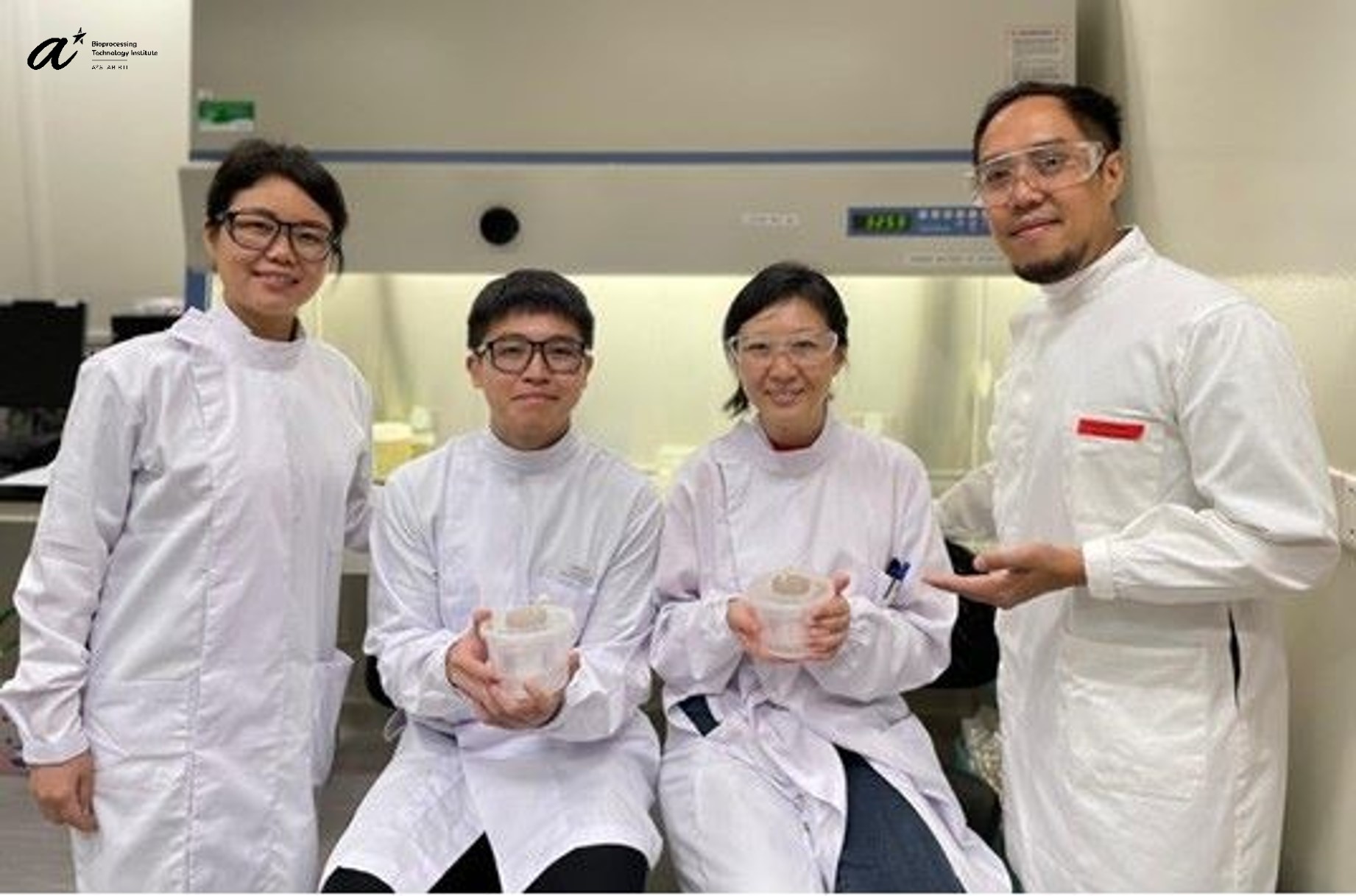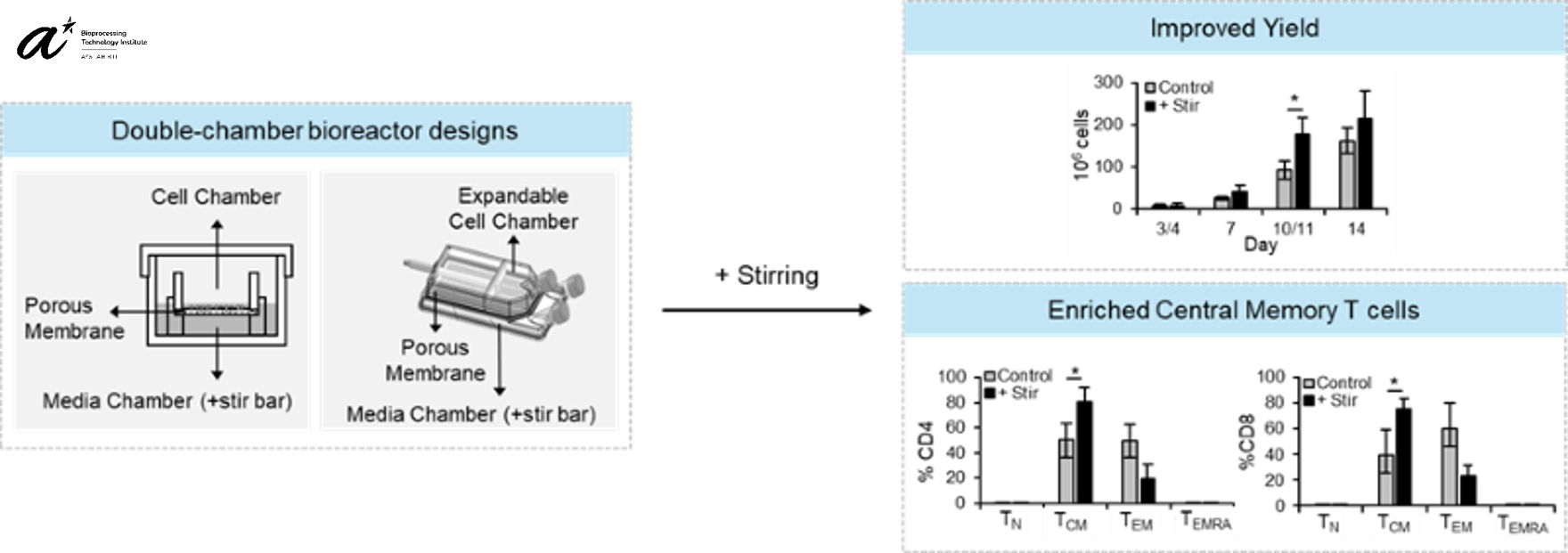Unlocking the Potential of T Cell Therapy: An Innovative Bioreactor Approach for Central Memory T Cell Enrichment

Science
CAR-T cell therapies hold immense promise as an effective treatment for cancers and other diseases. However their full potential is often limited by manufacturing challenges such as low cell yield, inconsistent quality, high manufacturing costs, and complex procedures. Central memory T cells, a specific subset of T cells, have shown greater therapeutic benefits. There is a strong need for new manufacturing technologies that can generate these cells in high yields, with consistent quality, and at a lower cost. Our innovative bioreactor solution addresses these challenges, offering a simple, scalable, and cost-effective method for producing these crucial cells.
Societal Impact
The enrichment of central memory T cells can improve the effectiveness of T cell therapies, potentially reducing the required cell dose and consequentially manufacturing time and cost. Our innovative bioreactor approach achieves this goal without compromising on cell yield, enabling cell therapy developers to achieve more efficacious cell therapy products in their product development and manufacturing process. This is the first reported approach to consistently enrich for central memory T cells through a biophysical means, without relying on costly GMP-grade reagents. This approach, easily implementable across research and manufacturing settings, has the potential to make advanced cell therapies more accessible and affordable, benefiting both developers and patients.
Technical Summary
Our approach utilizes a unique double-chamber bioreactor design with a stirring mechanism. The bioreactor consists of an upper cell chamber, containing the cell culture, and a lower media chamber, containing bulk media. A porous membrane separates the two chambers, allowing soluble factors within the media to exchange between them. The lower chamber includes a stir bar that is mixed at strategic time points during culture to ensures proper mixing.
This design improved T cell culture outcome increasing cell yield and central memory T cells enrichment compared to static controls lacking stirring mechanisms. The robustness of this approach was confirmed across bioreactors with different configurations, demonstrating its versatility and effectiveness.

Figure 1. (Left) Double-chamber bioreactor design with a stirring mechanism at the media chamber. This approach improved cell yield (Top Right), and enriched both CD4 and CD8 Central Memory T cells (Bottom Right) compared to static controls lacking stirring mechanisms.
References
Chen S, Prabhu A V., Bin Abdul Rahim AA, Lee KZ, Liu D. Enriching central memory T cells using novel bioreactor design for T cell manufacturing. Cytotherapy 2024;000:1–7. https://doi.org/10.1016/j.jcyt.2024.10.001.
A*STAR celebrates International Women's Day

From groundbreaking discoveries to cutting-edge research, our researchers are empowering the next generation of female science, technology, engineering and mathematics (STEM) leaders.
Get inspired by our #WomeninSTEM
.png?sfvrsn=1a7df424_3)